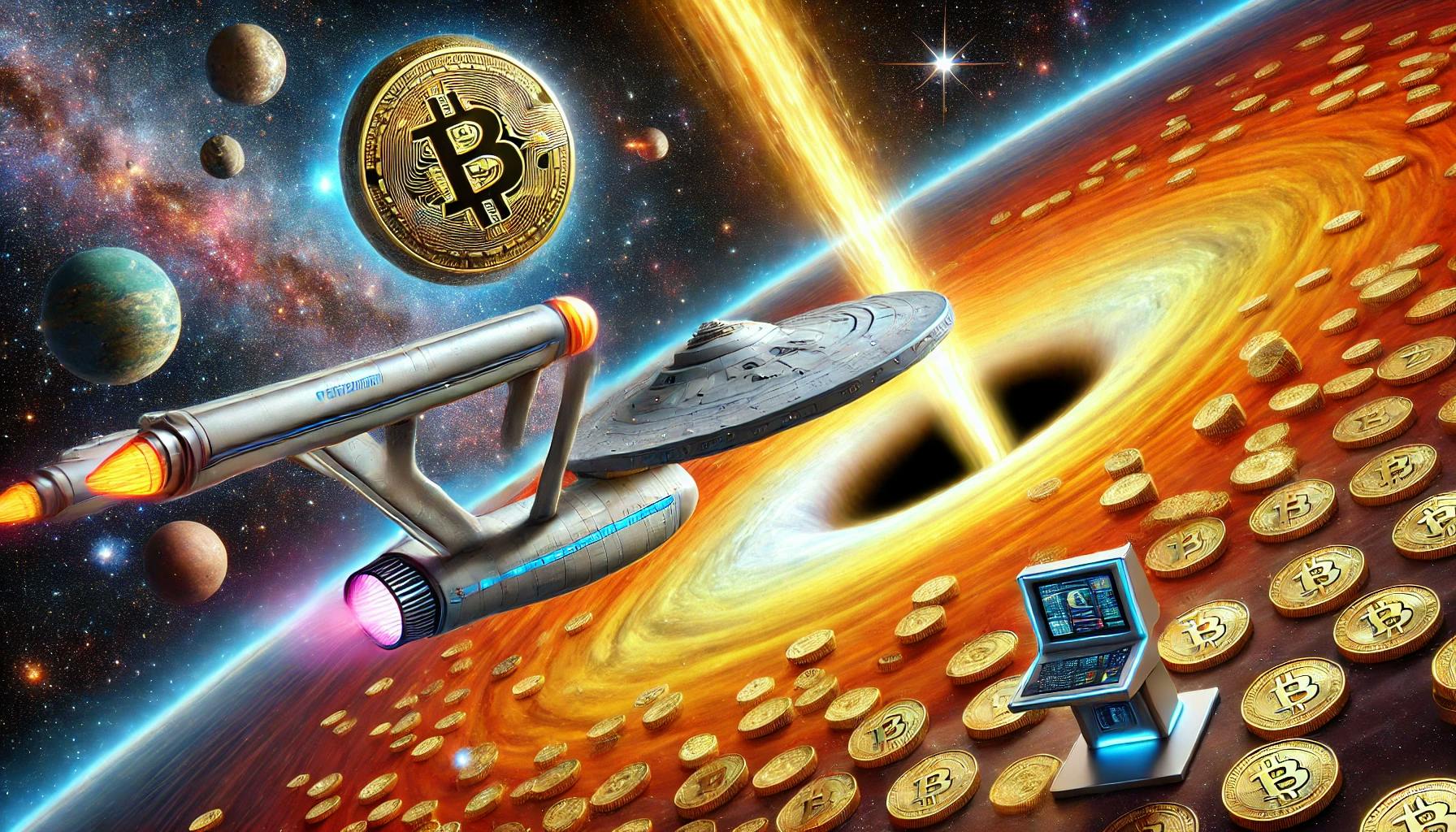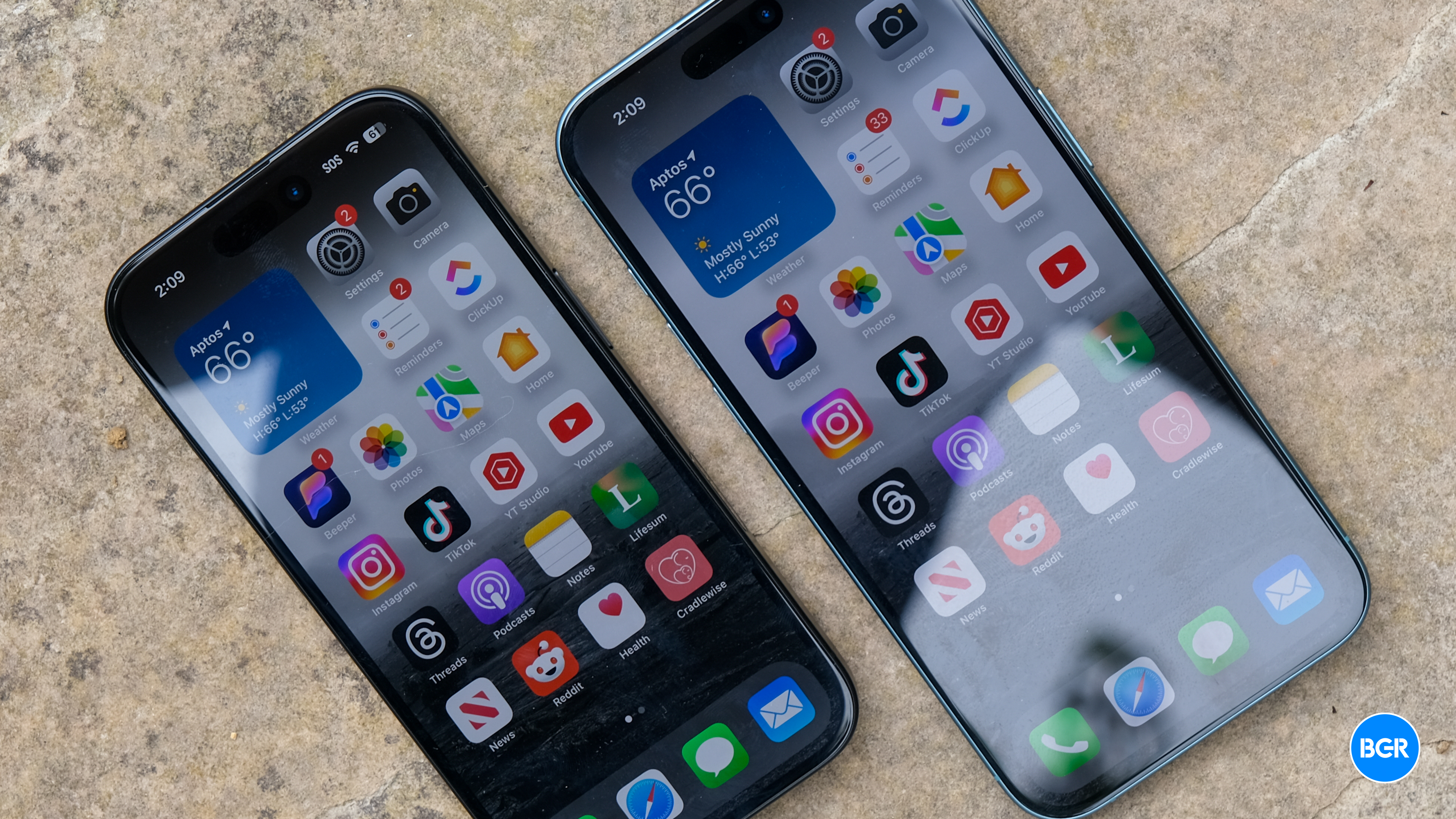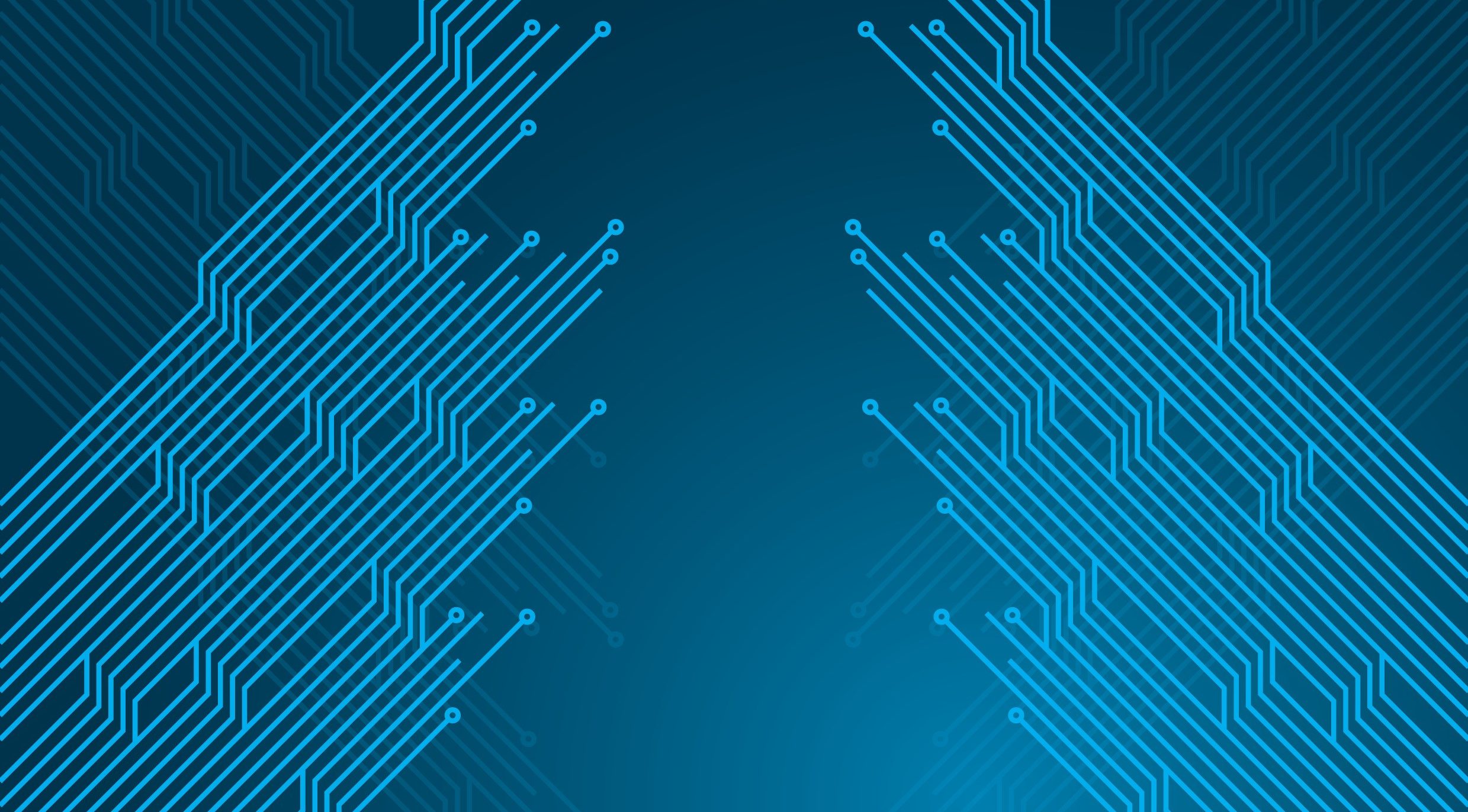Editor’s note: this is a work of fiction.
A Story
Prologue: The Bitcoin Renaissance
In the later half of the 21st century, the Bitcoin Renaissance reshaped human civilization. It began with a handful of visionaries who saw Bitcoin as more than just digital money. They envisioned it as the foundation for a decentralized world, where the immutability of blockchains could ensure transparency, security, and autonomy across all systems. All hedged by one currency – Bitcoin.
Amid this movement, wealthy Bitcoin enthusiasts funded experiments to tokenize and securitize everything—from property deeds to stocks to genetic data. But the most revolutionary idea came from a consortium of roboticists, cypherpunks, cryptographers, and environmental-energy scientists: linking Bitcoin wallets to the do-only-good-everyday operational control of cutting-edge robots.
Turning wallets into closed circuit robotic drives, and giving thousands of families control of many of these robots.
Soon, these robots morphed into no ordinary machines.
They escaped earth gravity, and by the end of the 22nd century, were terraforming automatons. Designed to build, maintain and restore ecosystems on Earth, Mars, Venus and the inter-space habitations between the 3 planets.
Their efficiency relied on synchronization by advanced cryptographic protocols. The same keys that secured Bitcoin wallets also controlled these robots’ decision-making processes, ensuring they could never be corrupted or manipulated by any centralized authorities, but by millions of individuals and their families.
This fusion of robotics and blockchain became known as the Bitcoin Robotics Interface (BRI) and was a most successful marriage of industry and finance.
***
For over a century, the BRI system flourished. On Mars, the robots transformed the barren red plains into sprawling forests and vibrant lakes. On Venus, they stabilized runaway greenhouse gases, creating pockets of habitable zones. Entire cities depended on these machines to sustain their ecosystems. But as time passed, humanity’s reliance on these systems was plagued by a fatal flaw: the private keys controlling these robots were entrusted to individuals and families.
Many of these keys were soon lost to time, forgotten or mishandled across generations, so that errors were accumulating.
The wallets tied to these keys not only held vast fortunes in Bitcoin but also represented the operational lifeblood of the terraforming robots. Without the keys, the robots’ systems became locked in stasis, unable to adapt to new challenges effectively.
This soon triggered environmental crises that had been the bane of humanity during the era of climate change catastrophes. On Mars, dust storms engulfed Martian settlements, and Venusian biodiversity waned as critical zones overheated.
By the 24th century, unlocking these lost keys had become a matter of interplanetary survival. But the cryptographic strength of the Bitcoin Renaissance’s blockchains was unparalleled, even in the era of highly advanced quantum computing. Ordinary quantum systems coupled with the best in crypto-recovery forensics had failed to crack the ancient encryption, and humanity had to consider extraordinary measures.
Chapter 1: Distressed Descendants
For decades, the descendants of those who lost access to their Bitcoin wallets have faced a double tragedy: the lack of funds to sustain their lives and the gradual failure of the terraforming robots vital for maintaining their planetary ecosystems. The robots, originally powered and governed through the Bitcoin Robotics Interface, are now failing without the necessary cryptographic keys to authorize maintenance and upgrades.
These families have petitioned the courts of the Federation, desperately seeking restitution or intervention. However, the courts remain staunchly unsympathetic, often quoting the ancient maxim of the Bitcoin Renaissance: “Not your keys, not your coins.” The judges argue that the responsibility to secure private keys fell on their ancestors.
“This is a foundational principle of the Bitcoin Renaissance,” one judge declares, dismissing a case. “The fault lies with your parents and grandparents, not us.”
For the descendants, the rebuttal is clear: “Why should the children pay for the mistakes of their parents? Should we all be condemned to this suffering because of a system we had no power to influence?”
Despite their pleas, the Federation’s rigid adherence to libertarian ideals and self-sovereignty leaves them without recourse.
A Glimmer of Hope
This deadlock might have persisted indefinitely, if not for the groundbreaking work of Dr. Lila Chandra. A descendant of early Bitcoin pioneers herself, Chandra is a mathematical prodigy and quantum physicist whose research bridges the fields of blockchain cryptography and black hole physics. Her years of effort lead to a monumental breakthrough: the discovery that black holes, under controlled conditions, can act as natural quantum computers capable of running complex decryption algorithms.
Work started more than a century ago by visionaries like Dr. Leonard Susskind.
She proposes that the immense gravitational forces and quantum scrambling inside a black hole could be harnessed to reconstruct lost Bitcoin private keys. It is a controversial solution, but theoretically rigorous.
After checking that her maths is correct, Chandra petitions the Federation on behalf of the suffering families. Her argument is simple but powerful: “We have the means to retrieve these lost keys. Let us undo this generational injustice and bring dignity and functionality back to these forgotten pioneers.”
After more years of deliberation, and growing public sympathy for the families, the Federation finally agrees to fund a bold expedition into uncharted territory—a mission to harness the power of a black hole to decrypt the lost wallets / robotic drives.
Chapter 2: Call the Enterprise
The mission is too dangerous and unprecedented for ordinary personnel. The Federation needs the best—people with the skill, creativity, and courage to undertake such a perilous journey.
Dr. Chandra, a long-time admirer of the Federation’s most legendary explorers, asks the Federation to reach out to Captain James T. Kirk and Mr. Spock.
Act I: A Plea for Survival
Log Entry — Captain James T. Kirk, Stardate 4587.3:
We’ve received a desperate call from the United Federation of Planets. Millions of lives back home, on Mars and Venus, hang in the balance as their terraforming systems falter. The Federation has identified the locations of several ancient Bitcoin wallets—collectively holding one quadrillion dollars in 2024 Earth currency due to also being the cryptographic drive keys to the terraforming robots.
Their plan: use the gravitational forces of the Arcturus black hole to unlock these wallets. It’s the ultimate gamble with both physics and fate.
“There is recorded message by one of the distressed people on Mars”, Spock announces, pressing play:
“Hello Brave Crew of the USS Enterprise.
All I want to say is the families need you. The Federation needs you. Will you help us restore hope to billions?
Please help us”.
Kirk, ever the adventurer, is immediately intrigued. “Spock,” he says, a smile playing on his lips, “it looks like we’re about to make history. Again.”
Spock, typically reserved, raises an eyebrow. “Captain, the scientific possibilities are… fascinating. However, I must point out that navigating a black hole is inherently illogical.”
“Then it’s a good thing we specialize in doing the impossible,” Kirk replies.
In briefing room, Kirk and Spock listen intently as Dr. Lila Chandra’s hologram lays out the stakes.
“The Bitcoin Robotics Interface,” Chandra explains, “was one of humanity’s greatest achievements. The same cryptographic protocols that ensured financial integrity also made these robots incorruptible and unmatched. But the wallets are locked by keys that no living person can access. Without those keys, the robots cannot repair the ecological damage threatening both planets.”
“And you think a black hole can fix this?” Kirk asks, leaning forward in his chair.
“Not the black hole itself, Captain,” Chandra replies, “but the immense gravitational forces at its event horizon. They will stretch Athena’s quantum circuits to their limit, effectively turning the black hole into the universe’s most powerful quantum computer. If successful, it will break the blockchain’s encryption and recover the keys.”
Spock raises an eyebrow. “A fascinating approach. Theoretical studies have suggested that black holes act as natural processors of quantum information, but such an application has never been attempted. The risks are… significant.”
“The mission will only cost people on Earth 10 years if you follow my brief to the letter. Godspeed to you all. Thank you, truly”.
The 12,000 TB Bitcoin Blockchain is then teleported to the instrumentation crew on the Enterprise, all the way from Mars at warp speed.
It will then be ported to Athena, their onboard quantum computer.
ETA: A few days.
Together, Kirk, Spock, and Dr. Chandra prepare for the mission of a lifetime. Not just to recover quadrillions of dollars, but to right a wrong that has spanned generations. For the families of Mars and Venus, it is the first real hope they have had in decades—a chance not just to survive, but to thrive.
Act II: The Ghosts of the Past
As the Enterprise approaches the Arcturus black hole, the crew begins to understand the full scope of their mission. In the mess hall, Lieutenant Uhura shares stories of Martian children who once played in lush valleys now buried under toxic storms. Meanwhile, Dr. McCoy laments how Venus’s carefully curated biodiversity is crumbling without robotic intervention.
“I don’t see why we’re pinning all this on an ancient cryptocurrency,” McCoy grouses. “Why didn’t anyone think to back up these keys somewhere else?”
“It wasn’t just about security,” Spock explains, seated across from him. “The ethos of the Bitcoin Renaissance was decentralization. The belief was that no single entity should have the power to control such vital systems.
While logical, this reliance on lossy keys is the unfortunate result of human fallibility.”
Kirk strides into the room, his tone light but determined. “Well, we’ve made it this far. Let’s make sure human fallibility doesn’t doom us all.”
Act III: Into the Black Hole
At the edge of the black hole, Athena is deployed. Its shielded housing begins to fracture as it approaches the event horizon, but not before it interfaces with the blockchain. The ship’s sensors light up with streams of data—wallet IDs, transaction records, and intricate quantum patterns.
“Captain,” Spock reports, “the computation is progressing. Athena is simulating Shor’s algorithm at a scale we’ve never seen. The blockchain’s encryption is unraveling… but there is a complication.”
“Why is there always a complication?” Kirk mutters. “Spit it out, Spock.”
“The black hole is not only unlocking the wallets but also reconstructing their transaction histories. It is effectively recreating a timeline of financial and robotic decisions spanning centuries.”
“Good or bad?” Kirk asks.
“That remains to be seen,” Spock replies.
Act IV: The Cost of Decentralization
As Athena completes its calculations, the Enterprise is bombarded with a data stream. The ship’s main computer parses the results: WALLET KEYS RECOVERED. ROBOT SYSTEMS REINITIALIZED.
The crew erupts in cheers, but Spock’s expression remains stoic. “Captain, the data includes unintended consequences. The black hole’s computations have revealed discrepancies in the Bitcoin Renaissance’s records. Billions of bitcoins appear to have been lost—not to forgotten keys, but to negligence and manipulation by 21st-century elites.”
Kirk frowns. “So they weren’t as incorruptible as everyone thought?”
“Precisely. It is a reminder that no system, no matter how decentralized, is immune to human greed.”
Epilogue: A New Dawn
11 years later, with the recovered keys, the terraforming robots on Mars and Venus roar back to life. Dust storms start to dissipate, forests regrow, and biodiversity thrives once more.
Children born in abject poverty are awed. Their parents, once children themselves, rejoice.
Waiting for their robots to start up again, keeping them clean without any hope of ever hearing from the Enterprise, turned out to be the biggest hodl of their lives.
They are most thankful.
They send signs of gratitude to our crew. Wherever they are now in outer spacetime.
The quadrillion dollars in Bitcoin is used to fund food distribution, energy systems, and new scientific endeavors.
As the Enterprise sets course for its next mission, Dr. Chandra, now aged 11 years, sends a final message. “Captain Kirk, your crew has saved not just two planets, but the legacy of the Bitcoin Renaissance. We will remember this as a moment where technology and courage aligned to preserve humanity’s future.
We are indebted to you”.
Kirk smiles. “That’s what we’re here for, Doctor. And if you ever need us again… just don’t send us near another black hole.”
The End.
References
https://www.researchgate.net/publication/385641355_Quantum_Complexity_and_Emulation_of_Black_Holes











